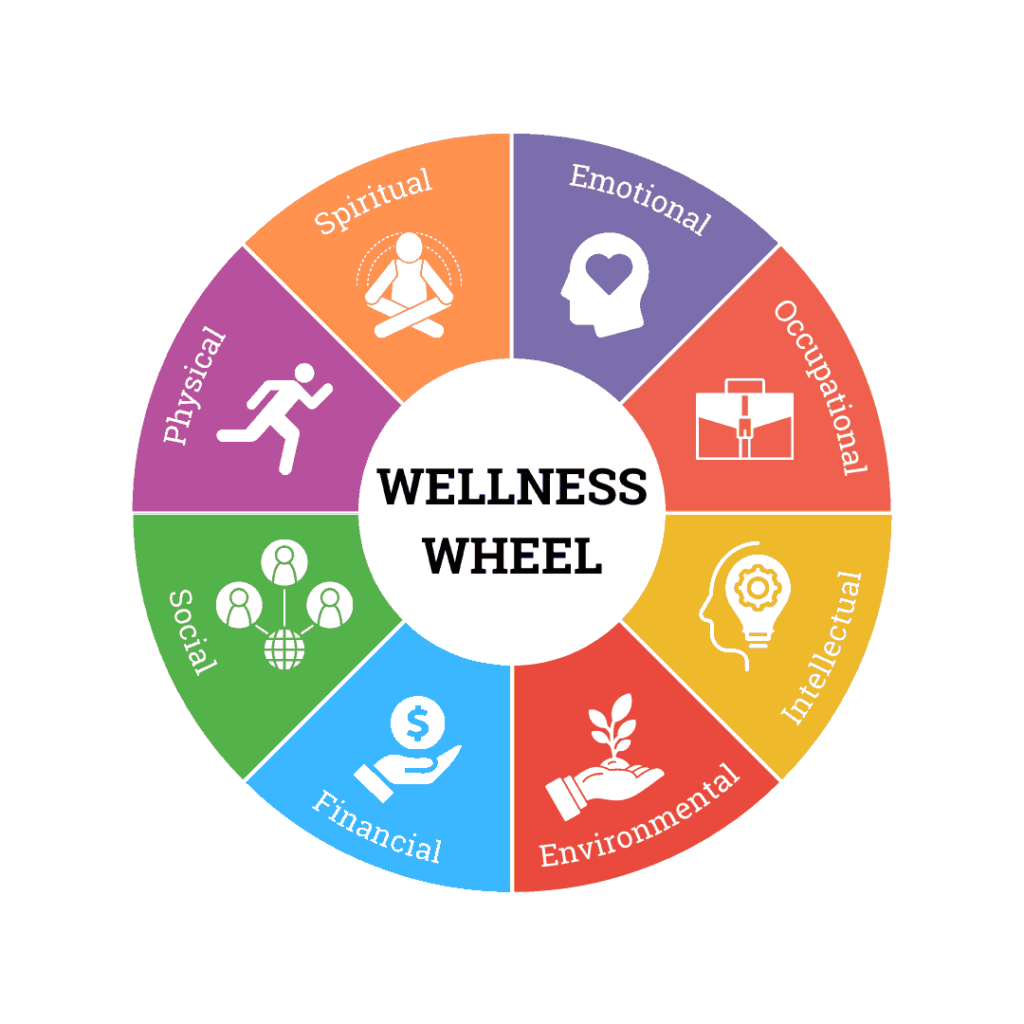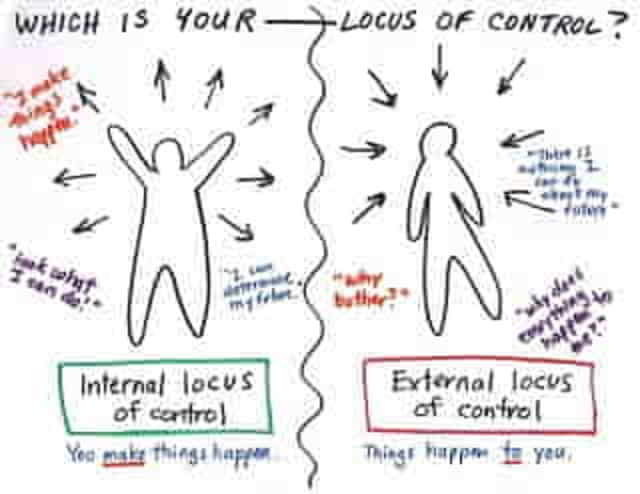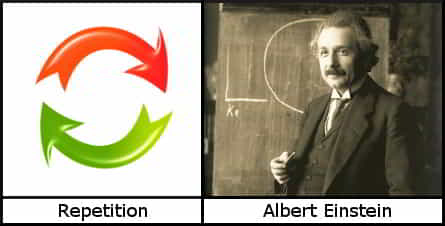Your Dashboard Tools
it's 04 Mar, 2025 4:16 am
Your Exercise Title
LindaB exercise of Communication Style Exercises – part of Let’s do it!
Generic Exercise Title
Action Plan Title
Generic Exercise Information
Exercise Summary
The following is taken from communicationstyles.org Understanding your own and understanding others and getting the best from both How to Identify Communication Styles Research shows us people have four different styles of communication. We call these: Director, Expresser, Thinker and Harmonizer. Each style has its own way of seeing the world. Each favors a certain way of listening, responding, making decisions, and solving problems. Most people use two styles more frequently; this blend determines how you communicate. It’s especially important to understand your primary communication style, since this is the one you use most often. No style is best, but it may be to your advantage to play up one over another, depending on the situation. Psychologists first noticed there were different communication styles in the 1960s. Subsequent research, including research conducted by the author of Straight Talk®, confirmed that there are four scientifically distinct styles of communicating. Straight Talk defines “communication style” as the specific way that one listens and responds. A few guidelines to follow when using communication assessments: 1. All communication styles are equally valuable–there isn’t one “best” style. 2. We already use “all” of the styles to some degree–what your assessment tells you is your primary style–the place that is most comfortable for you. 3. We wouldn’t want to use these as recruiting/hiring tools–these don’t measure skill, experience, or knowledge. 4. We don’t want to use these to pigeon hole a person–“Oh….you must be a Thinker because you work in Accounting.”
The Detailed Activity for this exercise was:
Preparing for Your Exercise
Now you create your own exercise. You will set up your own exercise here, saying what you think your issue is, what you want to achieve, then plan when you’re going to start doing it. Then you’ll set it up and monitor how you get on with it.
Now start DOING your exercise
You now need to start actually doing the activity in your exercise. You can click the button below to start adding details every time you do activity.
Once you’ve done it enough times to know whether it’s working for you, you can complete this form to show how you got on with this exercise. You can keep adding times when you do the activity later.
Remember, the generic main activity of the exercise and what you said your main activity are shown above.
Once you’ve started doing your exercise you will remain on this page (although you’ll go back to the top!). You can scroll down and see how your exercise looks, and you can edit it from there.
You can summarise and / or complete your exercise here
This will just ask you for some thoughts about how you found the exercise. You don’t have to wait until you’ve finished – if the exercise did you good you can keep doing it. Click this and enter your thoughts on how it was when you’ve done it a few times. You will always be able to come back and carry on adding instances if you want to keep track.
If you have created this exercises page in error, or it has been superseded, then you can delete it by pressing the delete button here.
Go to your dashboard and you can look at your exercises by clicking on ‘Edit Your Exercise(s)’
Add a comment
You can leave a comment below – we’ll get back to you.









